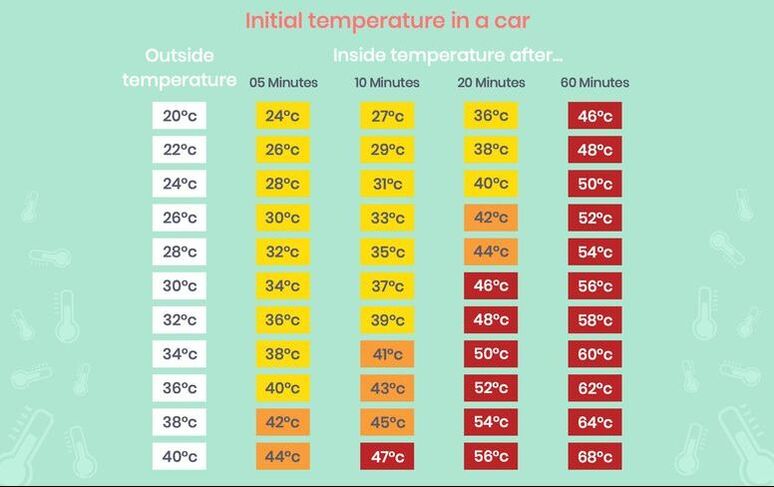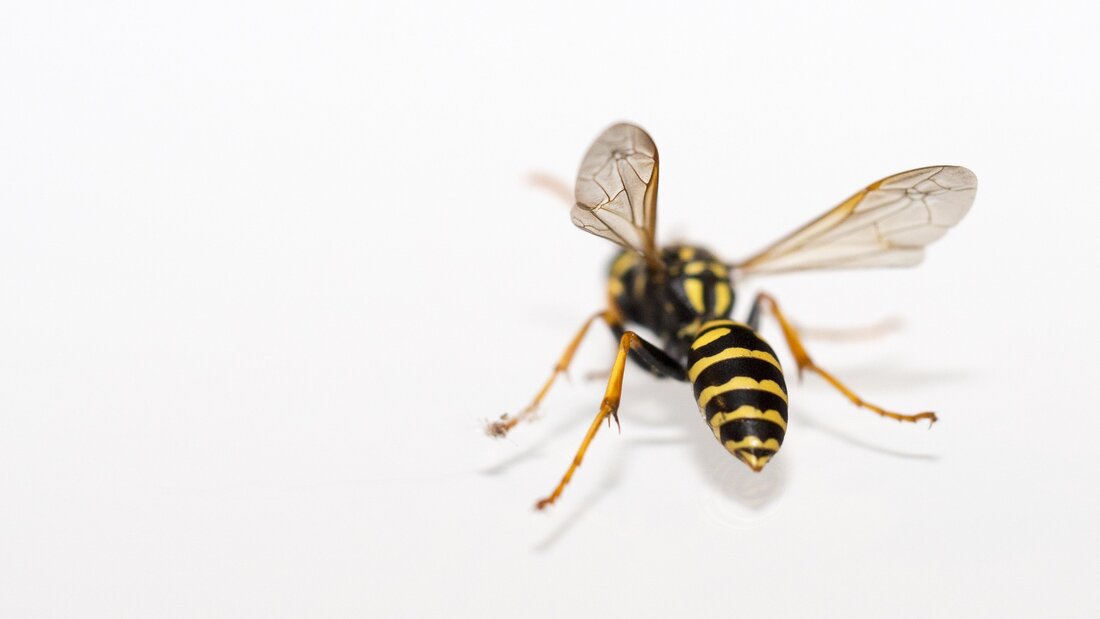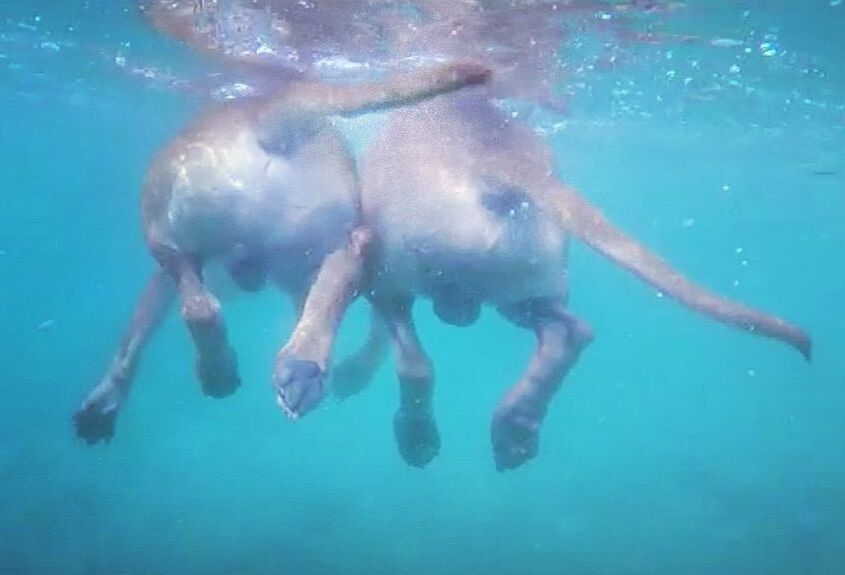|
For many of us, summer means getting outside and enjoying time in nature with our dogs! Unfortunately, this also means that our pets can be exposed to new dangers. Summer temperatures, the great outdoors, swimming, and barbecues all pose health risks to our pets if not monitored closely. Read more about what to look out for during the summer, what you can do to prevent these dangers, and how to act if an accident occurs! Heat Stroke One of the biggest summer dangers for dogs is the heat. Tragically, every year dogs die from heat stroke after being left in cars. Dogs can also suffer from heat stroke when exercising in hot weather, especially without access to sufficient drinking water. Dogs are very sensitive to heat because they cannot regulate their body temperature by sweating to cool down, in the way that humans do. Heat stroke is a life-threatening condition that causes great suffering and can cause serious damage to internal organs. Symptoms of Heat Stroke in Dogs Early signs of heat stroke may be subtle, and it’s important to know what’s normal for your dog. If gone untreated, heat stroke may lead to collapse or even death. Signs to look out for include: Becoming anxious, barking, whining or trembling Faster and heavier panting than normal Seeking shade or reluctance to move Excessive drooling or increased thirst Increased heart rate Elevated rectal temperature Deep red or purple gums that feel dry when touched Vomitting and/or diarrhea Mental dullness or glassy eyes Weakness or wobbling Difficulty breathing and collapse Loss of consciousness NEVER LET YOUR DOG IN THE CAR DURING HOT DAYS! NEVER WALK YOUR DOG IN THE HOTTEST PART OF THE DAY! DO NOT EXPOSE YOUR DOG TO ALL DAY SUN! What can you do to help your dog? If your dog shows signs of heat stroke, it’s important to act quickly! Move your dog to a cool, quiet area Offer fresh water to drink. Alternatively, a small syringe can be used to put drops of water on the dog’s tongue. Don’t force the dog to drink a large volume of water or force a syringe into its mouth. Actively cool the dog by wetting her fur and paws, but don’t submerge her head in water. Cold wet towels can be placed on the stomach, armpits, and paw pads. Refresh them frequently. Mild heat stroke may not require further treatment, but you should always consult your veterinarian for advice. If your dog is in distress or collapsed, he must be taken to the veterinary clinic right away. Treatment of Heat Stroke in Dogs In severe cases of heat stroke, rapid veterinary treatment is required - every minute counts! Call the vet to alert them that you’re on the way. On the way to the clinic, continue to cool your dog, if possible. Use a cold wet towel on her body and offer plenty of fresh cold water to drink. Insect Bites and Stings Bites or stings from insects such as wasps, ants, and mosquitoes rarely make dogs ill, but they can be itchy and sore. Some dogs, however, are hypersensitive and may have allergic reactions to these insects. The more bites or stings a dog gets at one time, the greater the risk of a more severe reaction. S igns of an acute anaphylactic reaction include: swelling at the bite site, hives, difficulty breathing, pale gums, collapse, and potentially death. Itching, facial swelling, panting, vomiting, and diarrhea are further signs of an allergic reaction. If you see these, please seek prompt veterinary advice. .Pain associated with a sting can be reduced by holding a cold wet cloth, or ice cubes wrapped in a damp cloth, against the skin. Remove the stinger, if possible, and bathe the skin with cool water. However, if your dog is stung by several wasps, a whole swam or near the mouth, seek vet advice immediately. Occasionally, your vet may need to give a corticosteroid injection, tablets, or a topical cream to reduce swelling and other signs. Seawater If dogs drink a large amount of saltwater they are likely to suffer from salt poisoning. However, they may not show signs or only vomit once. In these instances, offer fresh water to drink, little and often. Do not allow them to drink large volumes in one go to avoid further vomiting. cSigns of more severe salt poisoning include continuous vomiting, diarrhea, lethargy, stiffness, cramps, and coma. If your dog vomits multiple times, retches repeatedly or is salivating, seek veterinary advice, as your dog may require fluid therapy. Sunburn Just like humans, dogs can get a sunburn. Dogs with thin-skin or very thin fur are most at risk. Dogs, like humans, can be at increased risk of developing skin cancer if they get a sunburn. To prevent sunburn, it is best to ensure that dogs have plenty of access to cool, shady spots, and avoid long periods in the sun. Fish Hooks Dogs who go out with their owners on a fishing trip can sometimes get a fishing hook stuck in their mouth or skin. Fishing hooks often have a barb to prevent the fish detaching. If this is the case, do not try to remove the hook backward (the same way it went in) as you may cause more tissue damage. Instead, try to push the hook forwards through the skin, or use pliers to cut the hook to remove it safely. This is not always easy, especially if the dog is stressed and moving. In many cases, fishing hooks will need to be removed by a vet after a sedative has been given. These types of wounds typically heal very quickly and do not require sutures. Snake bites
more about this topic you will find at our Blog - Dangers in spring :)
0 Comments
Leave a Reply. |
AuthorMaja Kljaić Archives
February 2023
Categories
All
|
|
UZGAJIVAČNICA RODEZIJSKIH RIĐBEKA
RHODESIAN RIDGEBACK KENNEL NEOMELE ul.1.maja 70 Reka, 48 000 Koprivnica CROATIA |
ⓒ 2024 NEOMELE - RHODESIAN RIDGEBACKS
All content and data on this website is protected by copyright.
No part of this website may be used, reproduced or utilized in any form or by any means, electronic or mechanical, without permission in writing from
Neomele kennel/Maja Kljaic & Lela Trescec.
All content and data on this website is protected by copyright.
No part of this website may be used, reproduced or utilized in any form or by any means, electronic or mechanical, without permission in writing from
Neomele kennel/Maja Kljaic & Lela Trescec.















